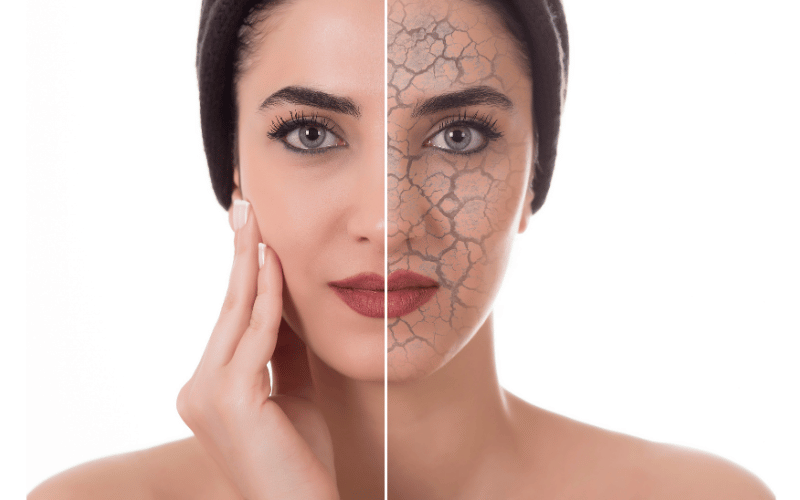4. Skin Changes – The Body’s Canvas Speaks

The skin often acts as a mirror, reflecting internal health. In Addison’s disease, it takes on a new hue. Areas normally concealed become oddly tanned. It’s not the glow of a sunny vacation; it’s a sign of hormonal imbalance.
This hyperpigmentation is distinctive. It shows up in creases, scars, and even gums. It’s due to the hormone ACTH, which rises when cortisol falls. ACTH stimulates melanin, darkening the skin.
People notice these changes. They might not connect the dots at first. They might think it’s harmless. But it’s actually the body signaling for help.
These changes in skin tone aren’t just cosmetic concerns. They’re visual cues, pointing doctors towards an Addison’s diagnosis. They tell a patient to seek medical advice. (4)